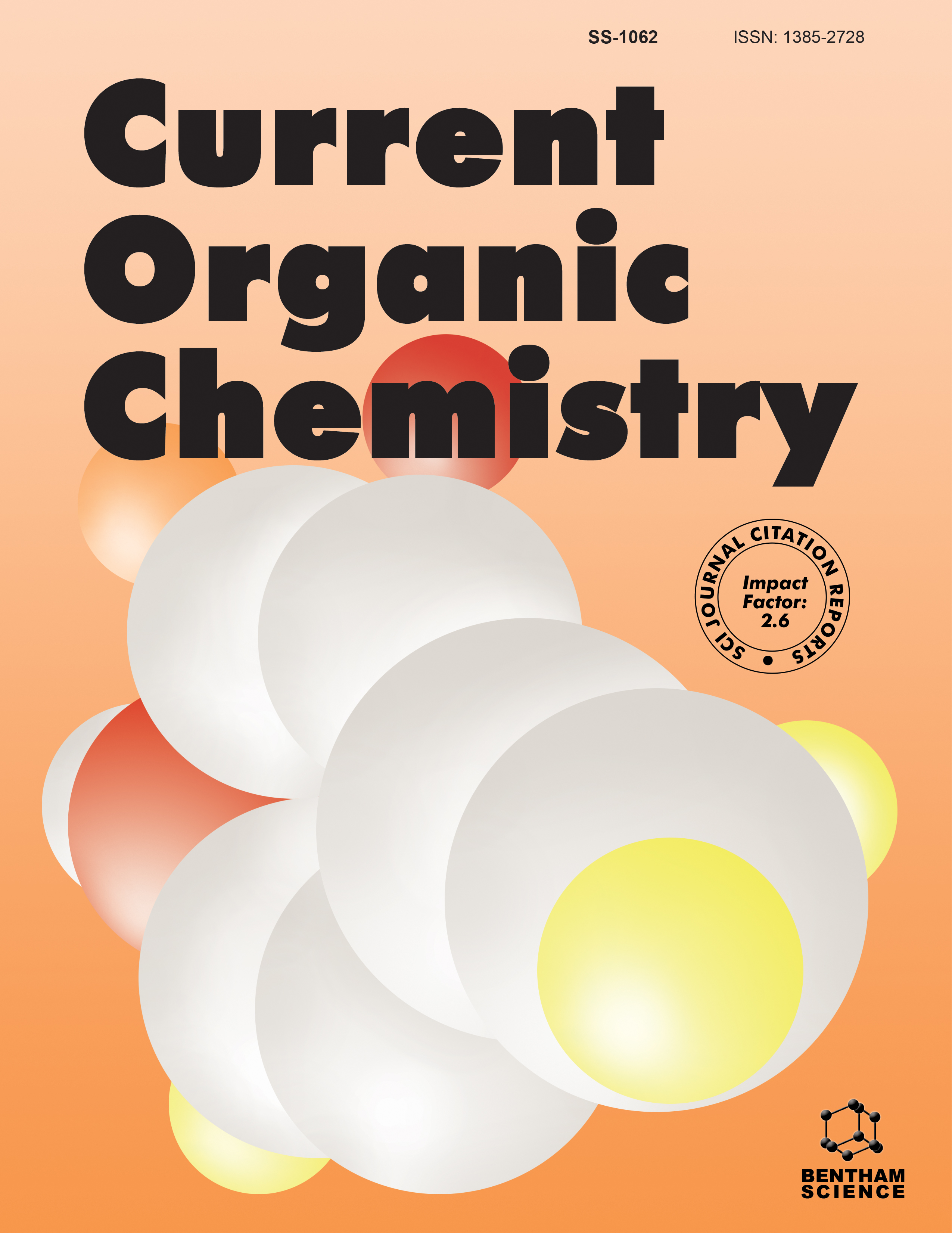-
oa Editorial [Hot Topic: Asymmetric Organocatalysis and Synthesis (Guest Editor: Zhihui Shao)]
- Source: Current Organic Chemistry, Volume 15, Issue 24, Dec 2011, p. 4021 - 4021
-
- 01 Dec 2011
- Previous Article
- Table of Contents
- Next Article
Abstract
During the past decade, asymmetric organocatalysis, in which small chiral organic molecules act as catalytically active species, has grown explosively to become one of the most exciting research areas in current organic chemistry. A variety of chiral organocatalysts and numerous of asymmetric organocatalytic transformations have been developed. This special thematic issue of Current Organic Chemistry aims to highlight the substantial progress on asymmetric organocatalysis and synthesis. The asymmetric Friedel Crafts reaction is one of the most powerful methods to synthesize optically active aromatic compounds. The first review, written by Xiao et al., The Key Laboratory of Pesticide and Chemical Biology, Ministry of Education, College of Chemistry, Central China Normal University, summarizes recent advances on organocatalytic asymmetric Friedel-Crafts alkylation reactions. The catalytic asymmetric synthesis of heterocyles is one of the most important goals in organic synthesis and medicinal chemistry. The second review provided by Ramon Rios and Jan Vesely illustrates the last efforts of chemical community in the development of new enantioselective organocatalytic methodologies for the synthesis of five and six heterocycles. Z.-H. Zhou, Y.-M. Wang and C.-C. Tang, State Key Laboratory of Elemento-Organic Chemistry, Institute of Elemento-Organic Chemistry, Nankai University, contribute to the third review, which deals with recent development in the asymmetric nucleophilic catalysis with tertiary phosphines as organocatalysts.....


